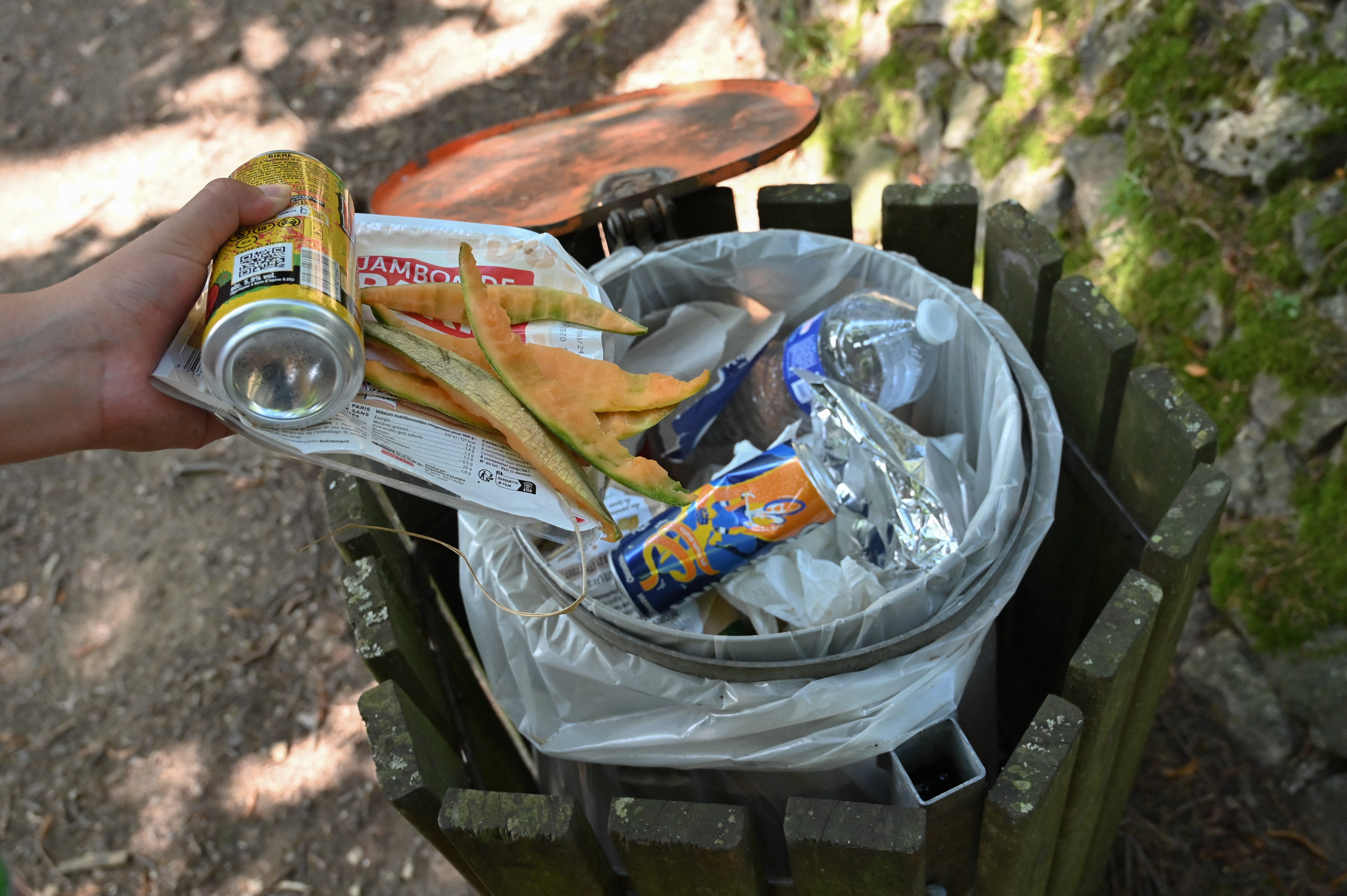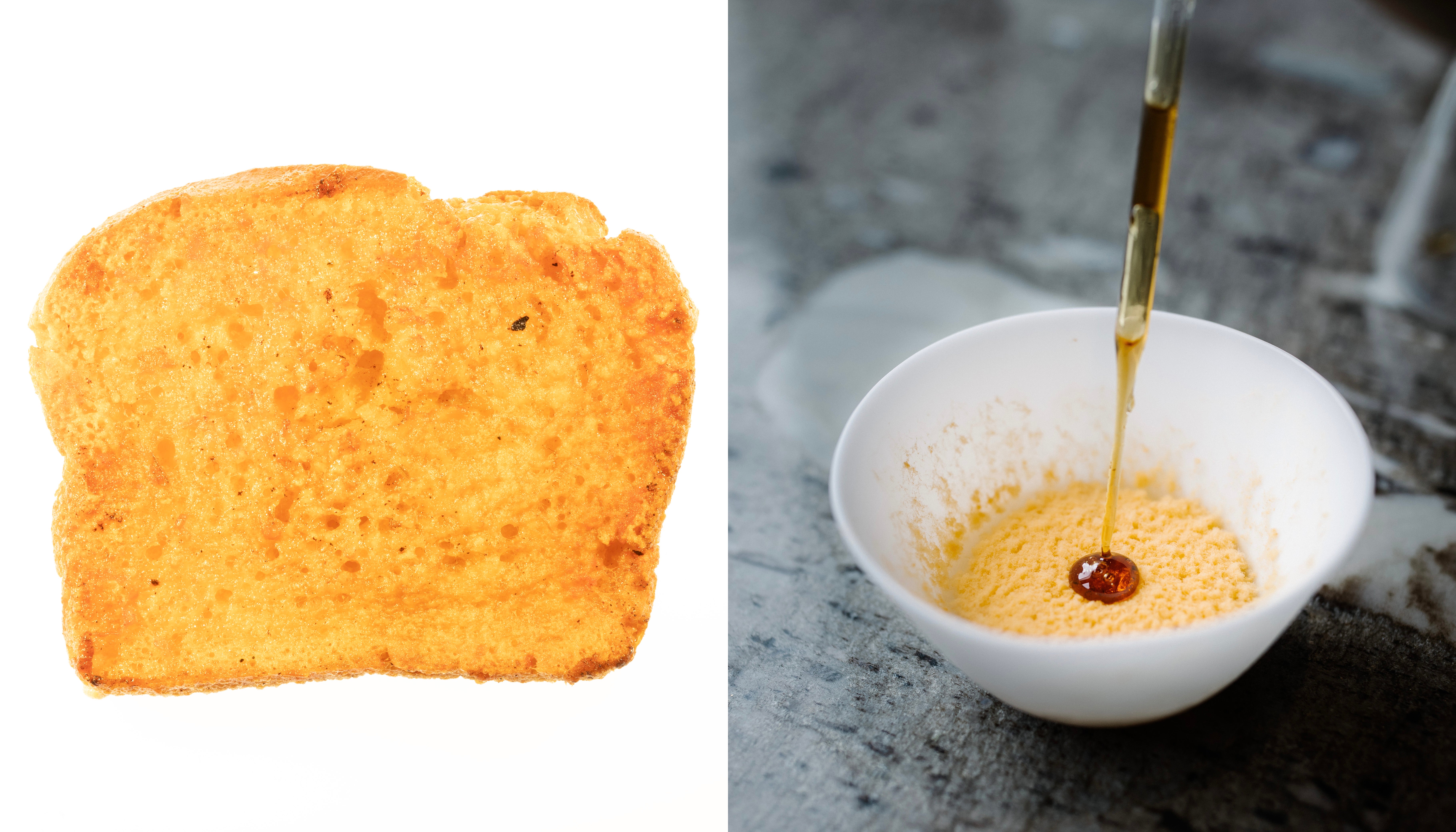Scientists say fungus could turn food waste into delicious high-protein dishes
New paper show how Neurospora, a type of fungus, can convert food waste into high-protein, flavourful ingredients
Scientists and chefs are trying to convert leftovers into gourmet meals using a mould which is fast emerging as a solution in the fight against food waste.
A new research paper argues that neurospora, a type of fungus that converts food waste into flavourful, high-protein ingredients, could offer a sustainable alternative to traditional food sources.
The fungus is already used in Indonesian cuisine to make a fermented product called oncom, and it is now being repurposed in Western kitchens to tackle food waste.
It works by breaking down indigestible plant materials, such as leftover grains and soy pulp, and converting them into digestible, high-protein food within just 36 hours.
Researchers say this process not only reduces the environmental impact of food waste but also creates new culinary experiences.

Unlike some other moulds that can produce harmful toxins, Neurospora intermedia is found to be safe and effective, making it a valuable tool in sustainable food production.
Food waste is a global crisis, with a staggering roughly 1.3 billion tons per year – one-third of all food produced globally – discarded every year, according to the World Food Programme.
A recent paper by Vayu Hill-Maini, a Miller postdoctoral fellow at UC Berkeley published in the journal Nature Microbiology, provides detailed insights into the genetic and chemical processes involved in transforming plant waste into food using Neurospora.
The study shows the mould’s ability to grow on a variety of agricultural by-products, including almond hulls and apple pomace, without producing harmful toxins.
“Our food system is very inefficient,” says Mr Hill-Main, who is the chef-turned chemist leading the research on using Neurospora fungi.
“What happens to all the grain that was involved in the brewing process, all the oats that didn’t make it into the oat milk, the soybeans that didn’t make it into the soy milk? It’s thrown out.”

He says when a fellow chef from Indonesia introduced him to fermented oncom, he realised “this food is a beautiful example of how we can take waste, ferment it, and make human food from it”.
By using Neurospora to transform waste materials like sugar cane bagasse, tomato pomace, and banana peels into edible food, researchers are making strides in reducing the volume of discarded materials and minimising their environmental impact.
The application of the Neurospora mould extends beyond laboratory experiments into real-world culinary practices.
Collaborations between researchers and high-end restaurants have resulted in innovative food products that showcase the mould’s versatility.
One such collaboration is with chef Andrew Luzmore of Blue Hill at Stone Barns in Tarrytown, New York, who experimented with Neurospora-based products like an oat pulp burger and mouldy bread that resembles a toasted cheese sandwich.
Researchers involved in the study say these dishes not only show the mould’s culinary potential but also demonstrate its ability to add unique flavours and textures to food.
“It’s just straight up delicious. It looks and tastes like cheesy bread. It’s a very clear window into what can be done with this,” Mr Luzmore said.

Mr Hill-Maini said these moulds can transform indigestible plant materials like pectin and cellulose into nutritious, tasty food in about 36 hours.
"The fungus readily eats those things, increasing the protein content, transforming the nutritional value, and changing the flavor profile. Off-flavors disappear, and beneficial metabolites are produced in high amounts," he said.
In addition to its use in savoury dishes, researchers are exploring its potential in desserts and other culinary creations.
Another chef, Rasmus Munk, who is also a co-owner of the Michelin two-star restaurant Alchemist in Copenhagen has incorporated Neurospora mould into his dishes, including a dessert featuring orange-coloured Neurospora mould grown on rice.
The unsweetened rice custard, which is left to ferment, is served with jellied plum wine and lime syrup.
The result is a dish that combines sweet and fruity aromas with the unique flavour profile of the mould.
“We experienced that the process changed the aromas and flavours in quite a dramatic way — adding sweet, fruity aromas. I found it mind-blowing to suddenly discover flavours like banana and pickled fruit without adding anything besides the fungi itself,” he said.
Mr Hill-Maini’s research also sheds light on the genetic diversity of Neurospora strains and their adaptation to different types of waste.
He discovered that certain strains are particularly effective at degrading cellulose, the complex carbohydrate found in plant cell walls, and transforming it into nutritious food.
“What we think has happened is that there’s been a domestication as humans started generating waste or by-products, and it created a new niche for Neurospora intermedia,” he explained. “And through that, probably the practice of making oncom emerged.”
As research progressed, Mr Hill-Maini said this discovery could pave the way for more innovative and sustainable food solutions.
“In the last few years, I think, fungi and moulds have caught the public eye for their health and environmental benefits, but a lot less is known about the molecular processes that these fungi carry out to transform ingredients into food,” he said. “Our discovery, I think, opens our eyes to these possibilities and unlocks further the potential of these fungi for planetary health and planetary sustainability.”
Ahead of the launch of The Independent’s Climate 100 List next month we are celebrating some of the leading lights being honoured for their work tackling the climate crisis and protecting nature.
Look out for details on how to join our Climate 100 event in the coming days. It’s set to be a landmark celebration of the top 100 global climate thinkers, innovators and leaders shaping the green economy, with some exciting speakers yet to be announced.
Join our commenting forum
Join thought-provoking conversations, follow other Independent readers and see their replies
Comments
Bookmark popover
Removed from bookmarks